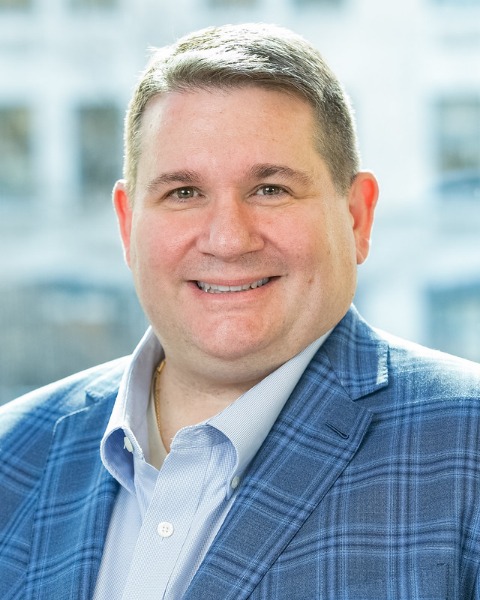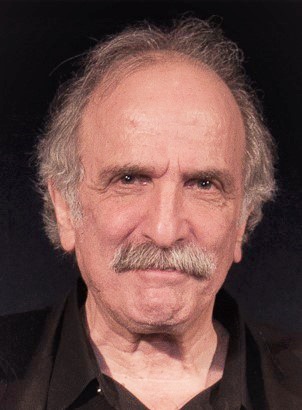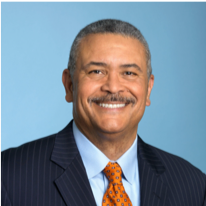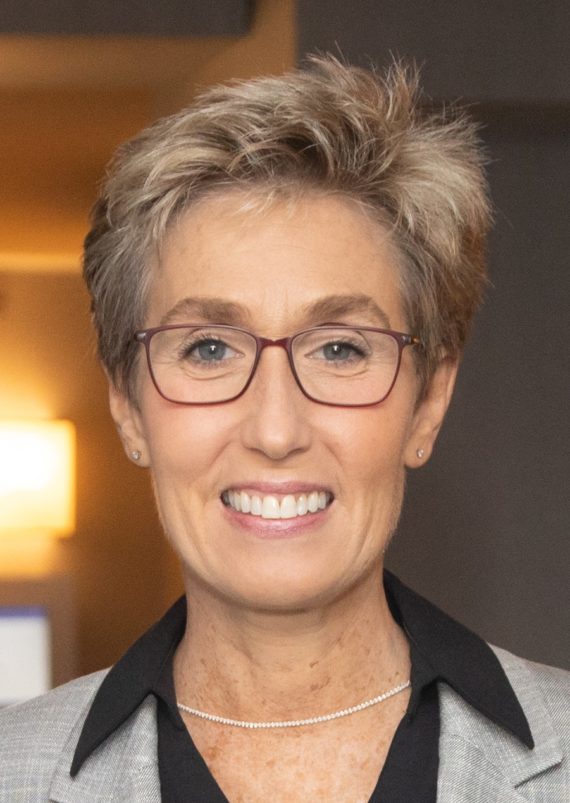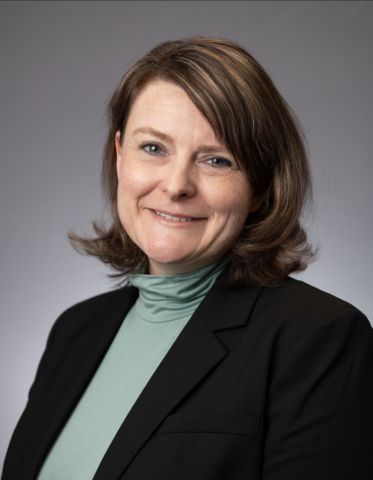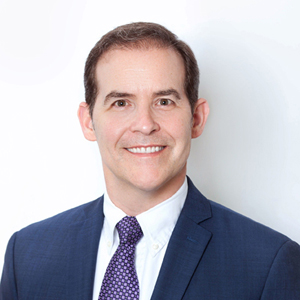
Michael Pollack, DBSA photo
(1-17-22) In the last of this series, Michael Pollock, the CEO of the Depression and Bipolar Support Alliance, today answers the four questions that I have been posing this month to leaders of mental health organizations – asking each about 2021 accomplishments, 2022 priorities and why each of them were drawn to mental health work. I was especially pleased to have received Mr. Pollock’s replies because my son, Kevin, attended DBSA meetings and the group was helpful to his recovery.
What was DBSA’s biggest accomplishment during 2021?
According to data provided by the CDC Mental Health Household Pulse Survey, 42.% of Americans reported experiencing symptoms of depression and anxiety in December 2020. This is a 133% increase from pre-pandemic rates. Further, non-Hispanic Blacks have reported a disproportionate increase in symptoms since the pandemic began, not unlike the disproportionate rate of COVID-19 positive tests results among the Black community. This crisis is further compounded by barriers to care often faced by people with mood disorders and other mental health conditions, particularly with individuals from traditionally marginalized communities.
The Depression and Bipolar Alliance (DBSA) has earned a favorable reputation to successfully train people with lived experience to become state-certified peer support specialists, who’s professional role is to foster hope and serve as a valuable role model for those who are walking the road to wellness. Training, however, is only the first step toward achieving certification. Depending on the state, individuals are required to earn supervised hours in a behavioral health or other employment setting to gather hands-on experience. Insurance will not reimburse for this work and health care employers are under resourced and, therefore, can’t or won’t offer this group paid employment. Most who are interested in pursuing profession are stymied by the practical realities that they must earn a living.
